| Report Type | Full |
| Peak(s) |
Mt. Belford - 14,202 feet Mt. Oxford - 14,158 feet |
| Date Posted | 06/26/2025 |
| Date Climbed | 06/24/2025 |
| Author | skippyville |
| Bel-Ox: A Different Take |
|---|
|
Opening Comments I first apologize for the lack of meaningful photos. Frankly, I was so immersed in climbing the peaks I didn't take photos as much as I would have liked. Still, after reading some of the previous trip reports, all of which I found valuable, I found my perspective after climbing Belford and Oxford was perhaps a bit different, at least in some ways. This is why I'm writing a report here. There are some nuances to this climb that I think are worth noting and knowing. The Basics I started my climb about 4:00AM. I obviously started in the dark, but given that it was nearly the summer solstice, it wasn't long before first light began to appear in the east. I gained elevation quickly, and felt strong. Before I knew it, I was past the log creek crossing [which I found much easier than I feared; those logs are sturdier than they look!], the log cabin remains, the Missouri-Belford junction, across the creek tributary, and into the famous Belford switchbacks. As I will note later, the switchbacks are where the proverbial worm turns. I made the summit of Belford at 3.5 hours or 7:30AM, and felt pretty good. At that point, though, the wind was howling, and I saw dark clouds in the West. Still, I decided to proceed to Oxford. Around the saddle between Belford and Oxford, the wind really picked up, making standing straight difficult, and spells of graupel began to hammer me. At the same time, the sky never looked too threatening, the graupel was never that heavy, so I continued. I made the summit of Oxford around 8:45AM, and quickly headed back down to the saddle. For what it's worth, I think starting early on this big of a climb is 100% the way to go, and the lower trail hikes quite well in the dark. After summiting Oxford, as past trip reports attest, re-gaining Belford is indeed hard. After descending into the saddle and starting up the connecting ridge back up to Belford, I felt the need to pause for breath much more frequently than any other part of the trail. Yet I stayed patient as I've done enough 14ers to know that elevation gain at that kind of elevation is hard. The wind was still howling but the skies appeared to improve, and the the graupel had stopped. I was back on the Belford summit around 10:15, took a break there, and then headed back down. I was back at my car at 8h:25m, or about 12:25PM. By that time, the weather was quite nice, at least then. This being a Tuesday, there were not many hikers on the trails. On my way back up to regaining Belford, I passed another solo who was going on to Oxford, and a little further up, a party of four, three of whom were continuing on to Oxford, and one who was taking the Elkhead pass back down. Then coming off Belford the second time, I came across another solo hiker trying only Belford, and concerned about the weather. Finally, I eventually caught up with three hikers who had abandoned their climb due to one in their party feeling very ill on the way up. As always, people were helpful and willing to help one another. Color Commentary
Final Words I hope none of my cautionary notes dissuade folks from climbing Bel-Ox. I thought some of the views were as good as anything you can find on any 14er, and it is a delight to be able to bag two 14ers in one day. But if my commentary has any value, it is to suggest going into it knowing the trail on the Belford switchbacks and descending into the Belford-Oxford saddle can be trying. If you're anything like me, like the Lavender Col on Sneffels and the "2,000 feet of suck" on the Maroon, it helps to know the subtle difficulties in advance. It's all doable, just be patient with yourself and be fueled by the two grand summits that await. Among us non-Middlebrook/Roach mortals, anyone who has done Bel-Ox has my admiration! 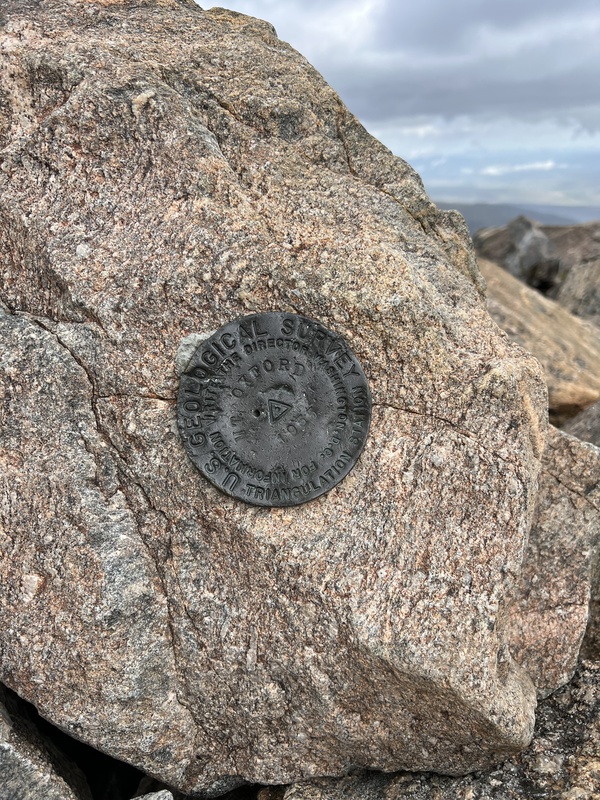
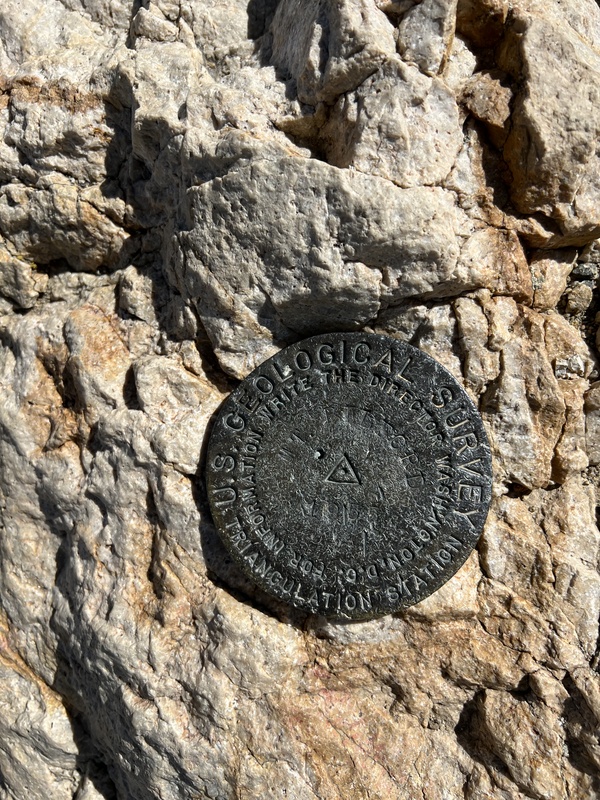
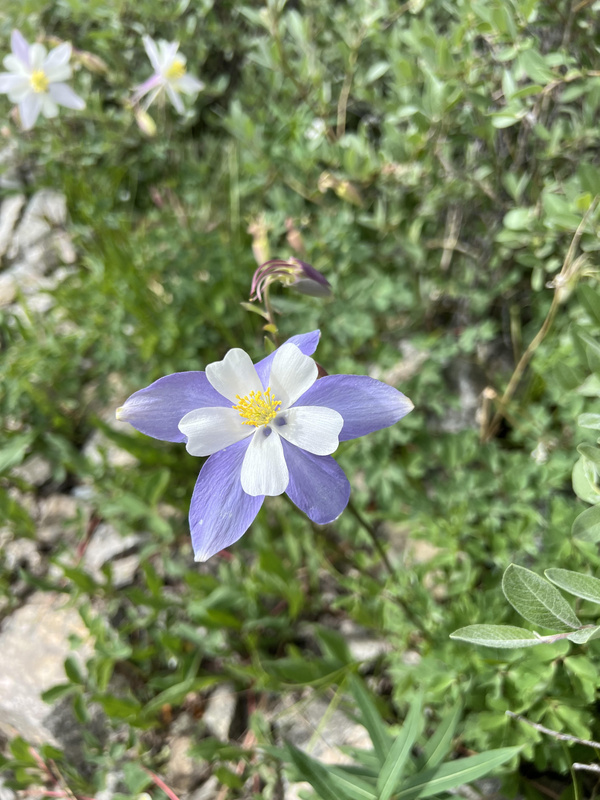
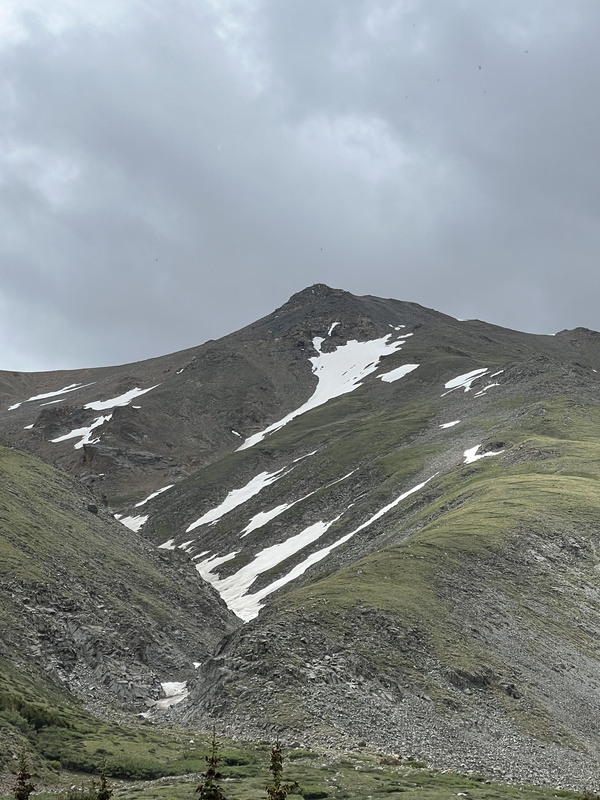
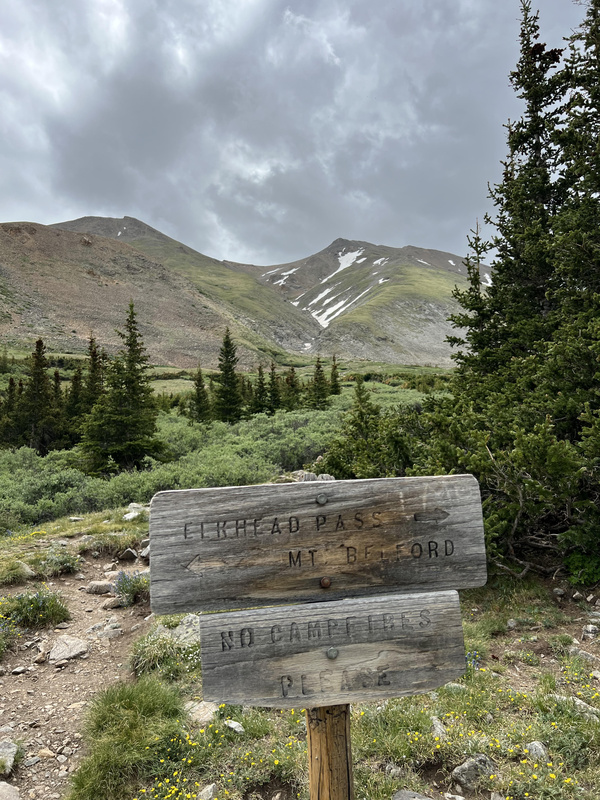
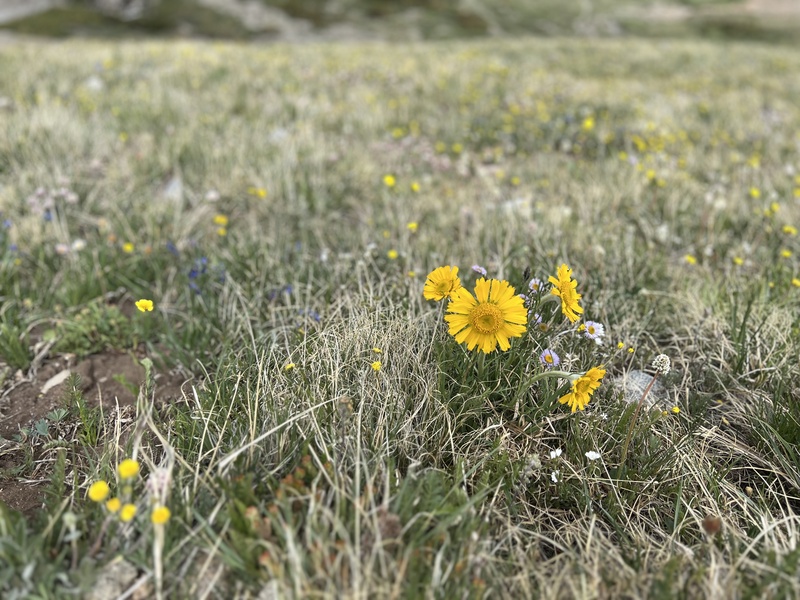

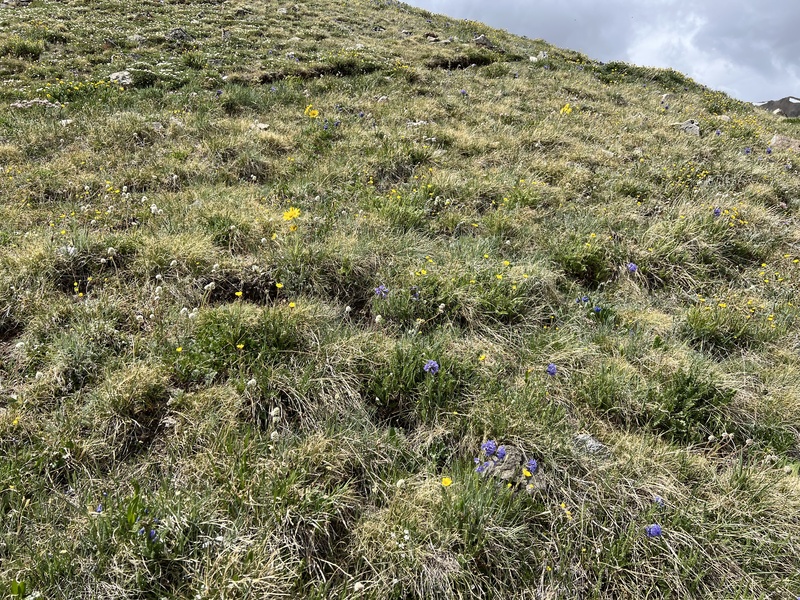

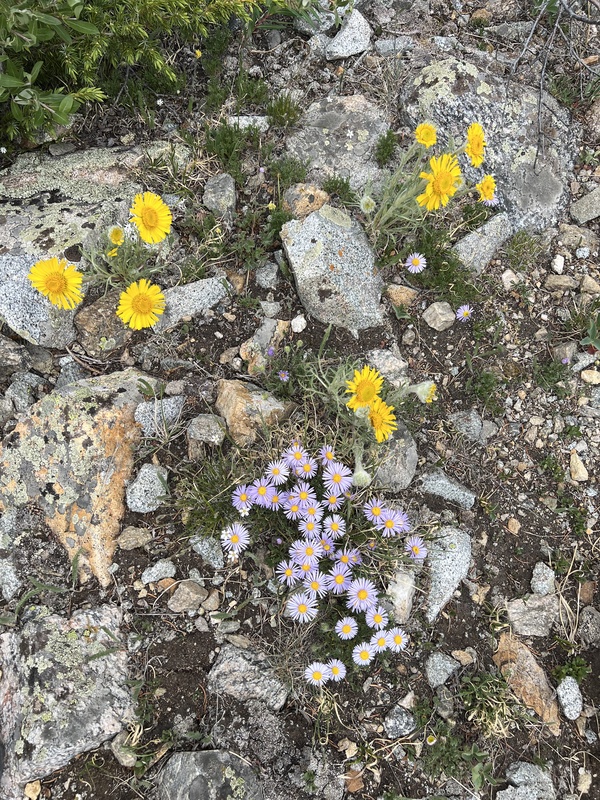
|
| Comments or Questions |
|---|
|
|
Caution: The information contained in this report may not be accurate and should not be the only resource used in preparation for your climb. Failure to have the necessary experience, physical conditioning, supplies or equipment can result in injury or death. 14ers.com and the author(s) of this report provide no warranties, either express or implied, that the information provided is accurate or reliable. By using the information provided, you agree to indemnify and hold harmless 14ers.com and the report author(s) with respect to any claims and demands against them, including any attorney fees and expenses. Please read the 14ers.com Safety and Disclaimer pages for more information.
Please respect private property: 14ers.com supports the rights of private landowners to determine how and by whom their land will be used. In Colorado, it is your responsibility to determine if land is private and to obtain the appropriate permission before entering the property.
